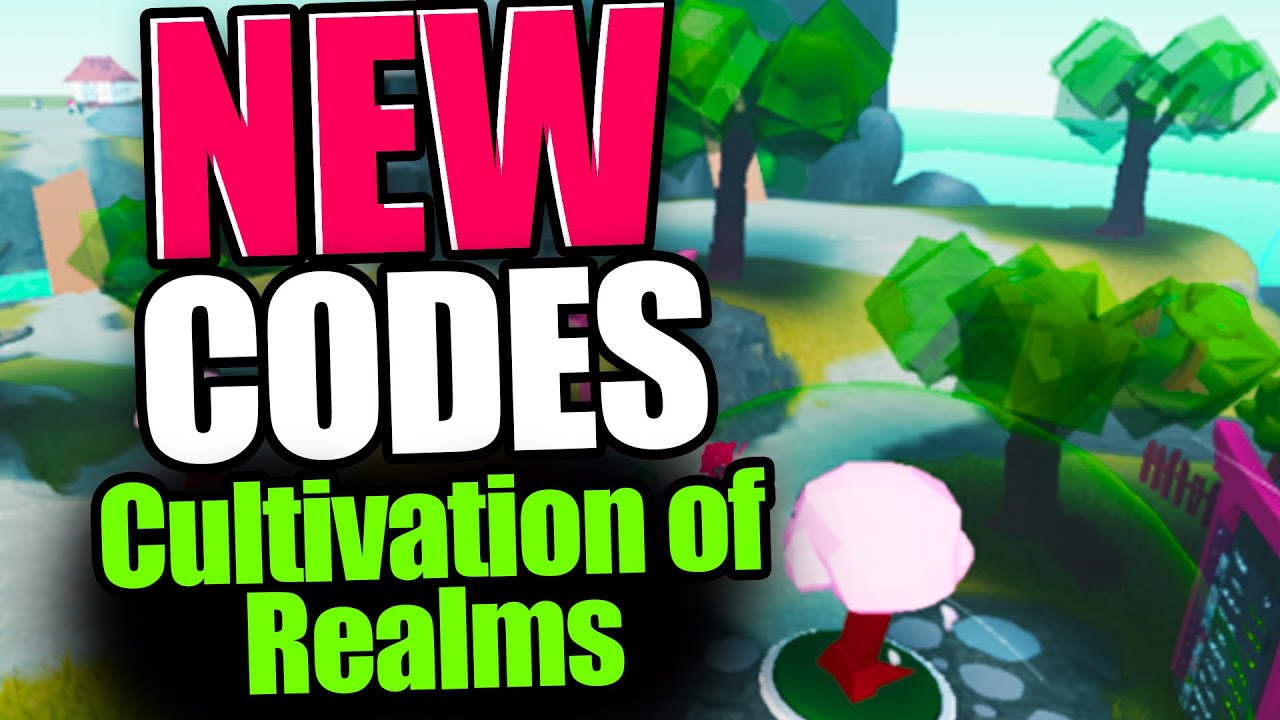Realm codes are structured identifiers or configurations that delineate distinct operational environments, security domains, functional scopes, or states within a system or organization. Their effective cultivation is paramount for managing complexity and ensuring robust operations.
The Significance of Systematic Cultivation
A deliberate approach to cultivating realm codes yields substantial benefits, moving beyond ad-hoc definitions to a structured framework. Key advantages include:
- Enhanced Clarity: Well-defined realm codes reduce ambiguity, making system states and configurations easier to understand and manage.
- Improved Security: Precise realm definitions are fundamental to implementing granular access controls and security policies, isolating sensitive areas and functions.
- Greater Scalability: A structured system of realm codes allows for easier expansion and modification of systems as requirements evolve.
- Operational Efficiency: Clear and consistent realm codes streamline deployment, troubleshooting, and maintenance processes, reducing errors and downtime.
- Robust Governance: Cultivation facilitates better oversight, auditing, and compliance with internal policies and external regulations.
Guiding Principles for Realm Code Cultivation
Effective cultivation of realm codes adheres to several core principles, ensuring they remain a valuable asset rather than a source of confusion:

- Standardization and Naming Conventions: Implement a clear, consistent, and documented naming convention for all realm codes. This ensures predictability and ease of understanding across teams and systems. For example, using prefixes like
ENV_for environment type (ENV_PROD,ENV_DEV) orSEC_for security levels. - Granularity and Modularity: Define realm codes with an appropriate level of detail. They should be granular enough to provide meaningful distinction but not so fine-grained as to become unmanageable. Aim for modularity, where codes can be understood in context or combined effectively.
- Centralized Management and Version Control: Ideally, realm codes and their associated configurations should be managed from a central repository. Employ version control systems to track changes, facilitate rollbacks, and maintain a history of modifications.
- Access Control and Security: The definition and modification of realm codes themselves should be subject to strict access controls. Sensitive information associated with realms must be protected, and regular security audits of realm configurations are recommended.
- Lifecycle Management: Establish clear processes for the creation, review, update, and eventual deprecation of realm codes. This includes documentation updates and communication strategies for changes affecting different realms.
- Documentation and Discoverability: Maintain comprehensive documentation for all realm codes, including their purpose, scope, associated configurations, and dependencies. Ensure this documentation is easily accessible to relevant personnel.
- Automation in Application: Wherever possible, automate the application and validation of realm codes in deployment pipelines, configuration management, and monitoring systems to ensure consistency and reduce manual error.
Ultimately, the cultivation of realm codes is an ongoing strategic endeavor. It requires consistent effort, clear governance, and adaptation to evolving needs, forming a foundational element for well-architected and maintainable systems.











